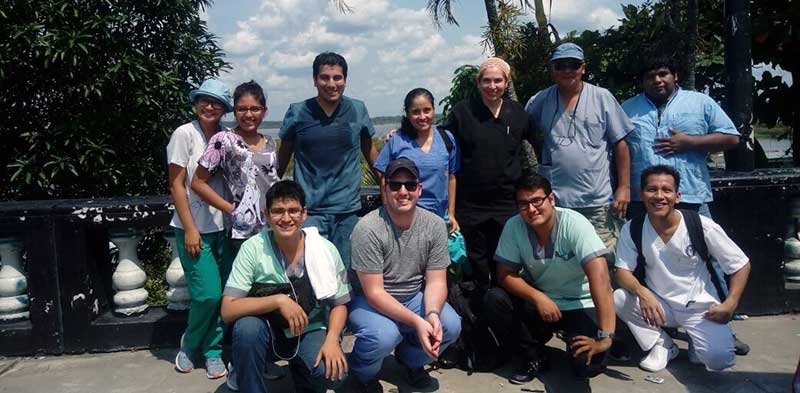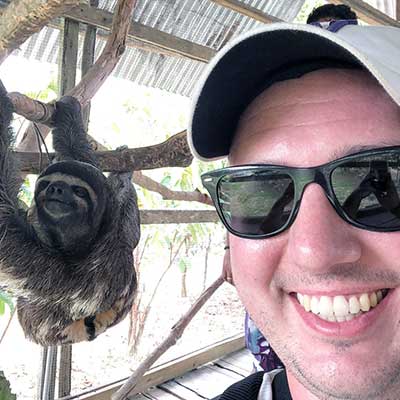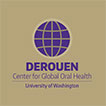Dating back as far as 11,000 years ago, Peru is home of some of the oldest civilizations in the world. Its people and culture are as diverse as its lands. Rising from the coastal waters of the Pacific Ocean to the peaks of the Andes Mountains, the country houses the source of the vast Amazon River. Much like the Andes’ divide the country in two, there is a clear divide in the “haves” and “have nots.”

With a Human Development Index ranking of 87, Peru is considered a developing nation. Approximately one quarter of the population lives at or below poverty level. Of that, roughly 90% of its society is covered by government-sponsored healthcare. However, due to many factors (i.e., geographical, socioeconomic, etc.) access to care is still limited, especially for those at highest risk.
Peru has roughly 30 million people, with nearly 60% of them living within metropolitan areas. The remaining population live in rural areas, including uncontacted indigenous tribes. Some of these communities have adapted, not with modern-day society, but with the land and its uses. One in particular is the community of Claverito, a community on the banks of the city Iquitos. It is a collective of houses that float in the Amazonian waters during the rainy season and rest in marsh during the dry season. While the tidewater may serve as the foundations for the homes, it is not without its dangers. Risk of contracture of infectious diseases is very high in Peru: hepatitis A, typhoid fever, malaria just to name a few. With all of the limitation to basic health care, the oral health is feared to be worse.

I recently had the opportunity to travel to Claverito with the UW Timothy A. DeRouen Center for Global Oral Health and visiting the Amazon River community. The purpose of this trip was to begin the baseline data collection for the InterACTION labs Oral Health, Population Health Initiative 2017. I worked alongside other dentists and dental students to conduct baseline information, including oral microbiome samples, conducted a quality of life survey (CPITN OHIP 14 – Spanish version), and dental caries assessment. For this, we conducted all parts of collection in the houses in the community. Families that participated, the surveys given to the head of the household, and all those consented were examined. Findings were recorded using the World Health Organization (WHO) guidelines. The data collected will be analyzed at the University of Washington by various teams and departments. The hopes are to plan future interventions based on the results of the data to have a great impact this community.
Personally, this was the opportunity of a lifetime. To use the skills I have learned throughout my dental education to help better those around this world has always been a dream of mine. Thanks to UW DeRouen Center, and the rest of the team, that was possible. This trip has open my eyes to a great world of dental research and the possibilities to make differences in the communities around me.
Kyle Kirk is a senior resident at the UW Department of Pediatric Dentistry
